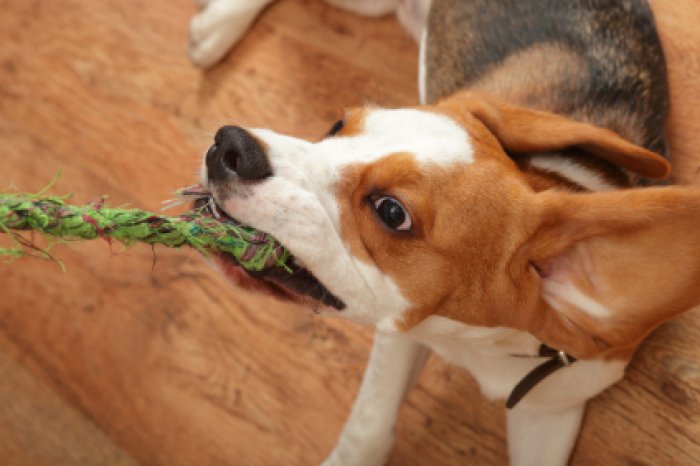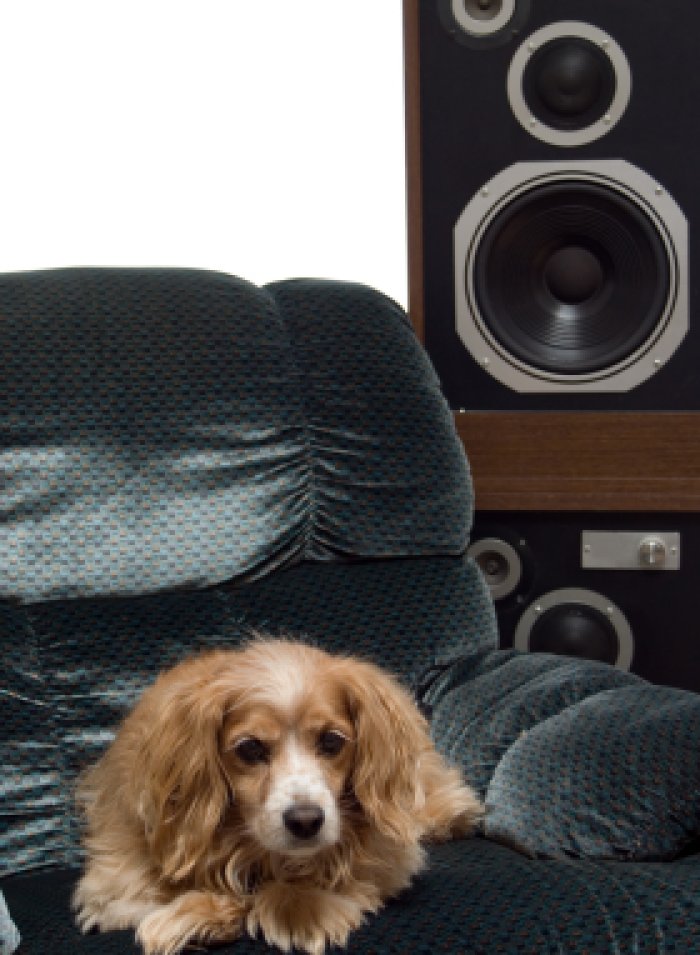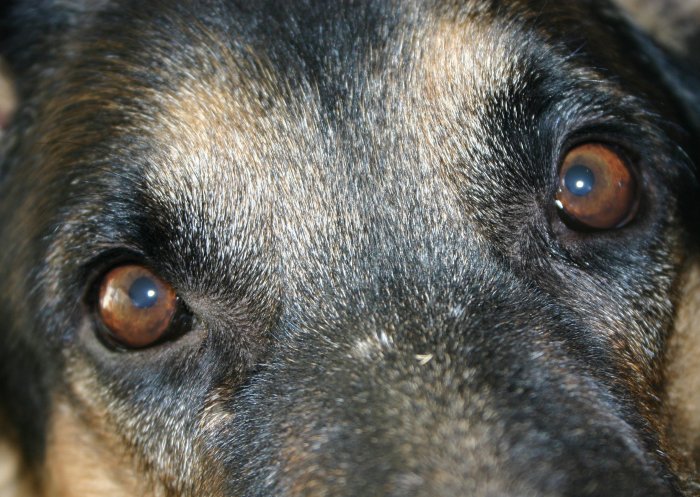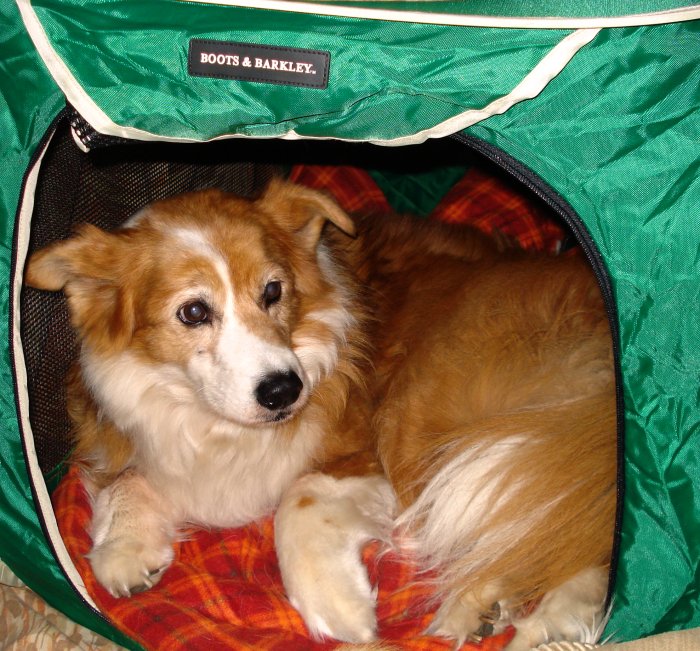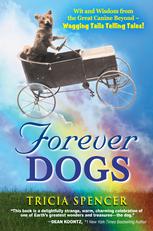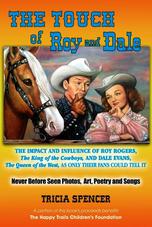A Dog's Fear of Thunderstorms is Real
How to Calm a Scared Dog During a Thunderstorm
Dog Anxiety is Relieved by Good Dog Health and Patient Dog Training
Not every dog fears the boom of thunder or the sharp crack of a lightning bolt, but many do. Heredity, environment, health and demeanor all play a role.
While calming a frightened dog during a thunderstorm can be a challenge, a few simple steps that address health, training and behavior can make a significant difference.
Improved Dog Health is Step One for the Fearful Dog
A dog's diet is the first factor in its ability to face challenging circumstances.
The better the nutrition, the better the prospect of a calm demeanor. A healthy dog
that is parasite-free and blessed with a thriving immune system is more mentally
and physically equipped to handle surprises and adverse events.
Feeding the dog a natural, organic if possible, diet of foods and treats that
are truly meant to be consumed by a dog can give him a leg up in all situations.
Dog trainers have long known that the more enticing the dog treat, the easier it is
to get the dog to follow commands and learn new behaviors.
Dog Behavior and Heredity
One contributing factor in thunderstorm phobia is a dog's sense of hearing. It is far more acute than a human's and what might sound merely loud to a person can be painful to a dog's sensitive ears. If the sound hurts, a clap of thunder can rattle even the most calm, cool and collected hound.
Some dog breeds are born with a more anxious demeanor than others, but this does not necessarily translate to thunderstorm phobia. When the extraordinary hearing of a dog is involved, any dog can react with fear to sharp, explosive sounds.
Calming the Fearful Dog
While some dogs may react favorably to cuddling and cooing by their human, it may be far more effective to transform the moment into a totally different experience.
Diverting Rusty's attention from his fear with a rousing game of
tug-a-war or a round of hide-and-seek with his favorite toy or delectable treat
can change a dog's outlook. Dogs follow their leader. If Rusty's human
isn't concerned with the ruckus in the heavens, then it's less likely he will be.
Relying on a dog's training to redirect his focus helps. A well-trained
dog that responds with trust to its owner's commands is more likely to respond
favorably to that owner's lead in times of adversity, like during a storm.
If a dog must be left home alone, it can be a challenge to keep
the shivering fear of a thunderstorm at bay. Filling the house with the
lilt of gentle music or the drone of a TV gives the anxious dog something
other than the storm to listen to. And every dog needs a den all its own.
A blanket-filled open crate, a padded hidey-hole behind the couch, or a
comfy bed under a desk can all serve as the dog's very own sanctuary.
It's his own private place to stash his toys, take a nap, and feel safe.
Some commercial products can also help. Gentle aids, like herbal
supplements or homeopathic remedies recommended by a holistic vet, or
the inventive pressure-points Anxiety Wrap created by dog training expert,
Susan Sharpe, can also help ease thunderstorm distress for some dogs.
Dogs Need Their Humans
Just like humans, dogs can have very real fears that require very real attention. There is one important thing to remember in easing a dog's fear of storms. If the thunder is rolling and the lightning is sizzling, patient, loving attention counts most.
Ease a Dog's Thunderstorm Stress With a Den to Call Her Own and Some Music to Fill the Air
Play Time Can Help AlleviateÂ
Thunderstorm Distress
A Dog's Demeanor is Affected By Core Health
The copyright of the article How to Calm a Scared Dog During a Thunderstorm is owned by its author, Tricia Spencer.
Permission to republish any part of the article in print or online must be granted by the author in writing.
Timeless
Life and Living
with Tricia Spencer

